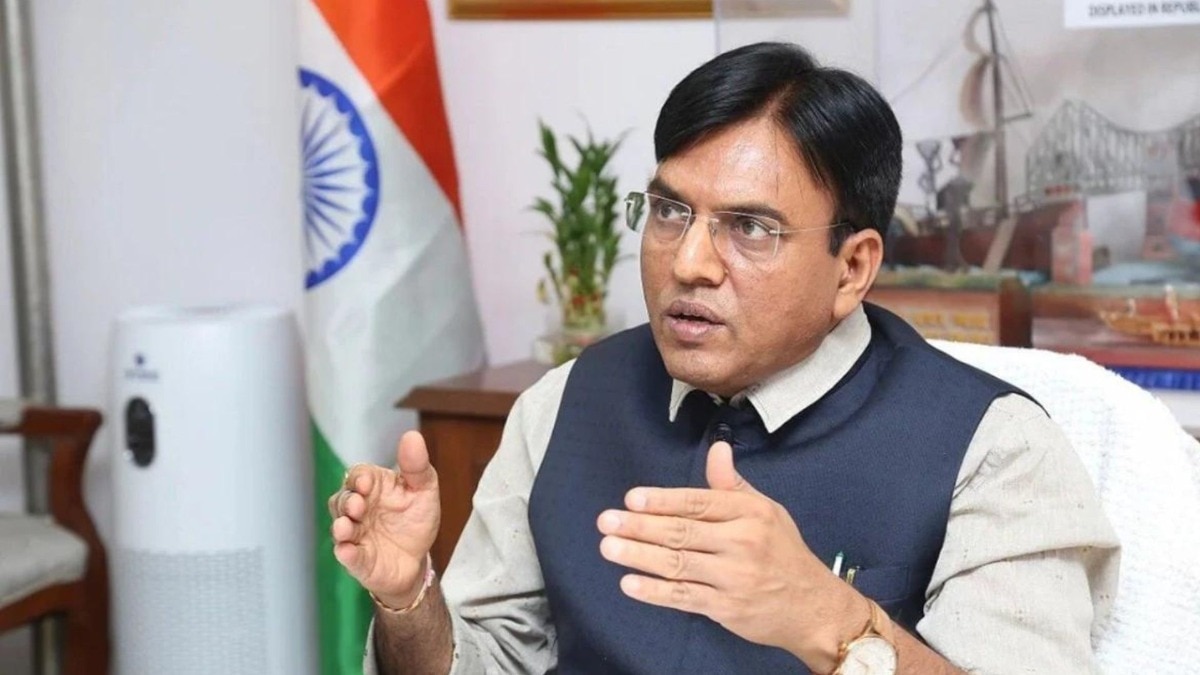ARTICLE AD BOX
Last Updated:July 19, 2025, 19:41 IST
The dam project, called the Yarlung Zangbo River Lower Reaches Hydropower Project, involves the construction of five cascade power stations

China has sanctioned construction of what could become the world's largest hydropower station on the Brahmaputra, known as the Yarlung Tsangpo in Tibet.
China has begun building a massive hydropower dam on the Yarlung Tsangpo River, known as the Brahmaputra once it enters India. The project, launched on Saturday in the Tibet region, has raised serious concerns for downstream countries, especially India and Bangladesh.
The ceremony was attended by Chinese Premier Li Qiang, along with officials from central agencies, state-owned enterprises, engineers, and local representatives, according to China’s state-run Xinhua news agency.
The dam project, called the Yarlung Zangbo River Lower Reaches Hydropower Project, involves the construction of five cascade power stations. It aims to straighten parts of the river’s natural bends and divert water through tunnels.
The total investment is around 1.2 trillion yuan (about $167.8 billion). China has stated that the electricity generated will be mainly used outside the region, while also meeting local needs in Tibet.
What It Means For India
However, this move has sparked alarm in India, which lies downstream. Indian officials fear the dam could affect water flow, agriculture, and ecological balance in the northeastern states. Any disruption in the Brahmaputra’s flow could harm millions who depend on the river for farming and daily life.
India has raised the issue with China several times. After China first announced the dam plans in late 2023, India asked for greater transparency and consultation.
On 27 March this year, Minister of State for External Affairs Kirti Vardhan Singh told Parliament that India had urged China to respect the interests of downstream countries.
Talks were also held during Foreign Secretary Vikram Misri’s visit to Beijing in January. Both sides agreed to hold a meeting of the Expert Level Mechanism, a platform created in 2006 for discussing river-related issues. India also pushed for the resumption of hydrological data sharing from China, which is vital for managing river flows and preparing for floods.
Earlier this week, External Affairs Minister S. Jaishankar met Chinese President Xi Jinping and Foreign Minister Wang Yi in Beijing. He stressed the need to address long-standing issues, including water cooperation, to build stable ties based on mutual respect and sensitivity.
“Incumbent on us to address aspects related to the border, normalising people-to-people exchanges and avoiding restrictive trade measures and roadblocks. Confident that on the foundation of mutual respect, mutual interest and mutual sensitivity, ties can develop along a positive trajectory," he had shared on X after the meeting.
(With inputs from IANS)
The News Desk is a team of passionate editors and writers who break and analyse the most important events unfolding in India and abroad. From live updates to exclusive reports to in-depth explainers, the Desk d...Read More
The News Desk is a team of passionate editors and writers who break and analyse the most important events unfolding in India and abroad. From live updates to exclusive reports to in-depth explainers, the Desk d...
Read More
- Location :
China
- First Published:
News world China Starts Construction Of Mega-Dam On Brahmaputra In Tibet. What It Means For India
Disclaimer: Comments reflect users’ views, not News18’s. Please keep discussions respectful and constructive. Abusive, defamatory, or illegal comments will be removed. News18 may disable any comment at its discretion. By posting, you agree to our Terms of Use and Privacy Policy.



.png)
.png)
.png)
















 4 hours ago
5
4 hours ago
5









 English (US) ·
English (US) ·